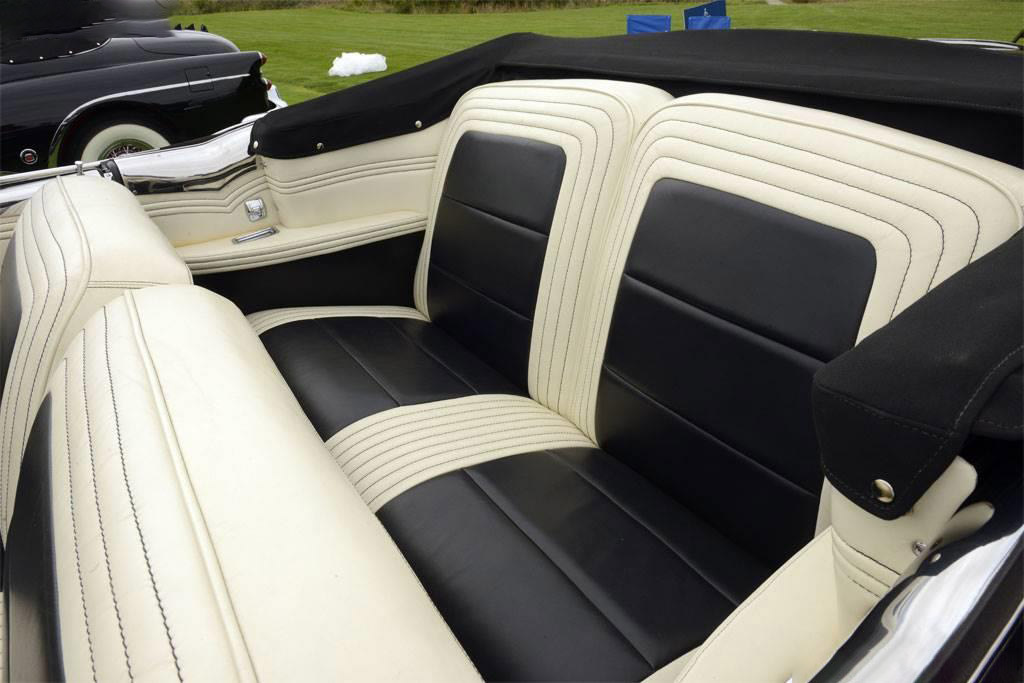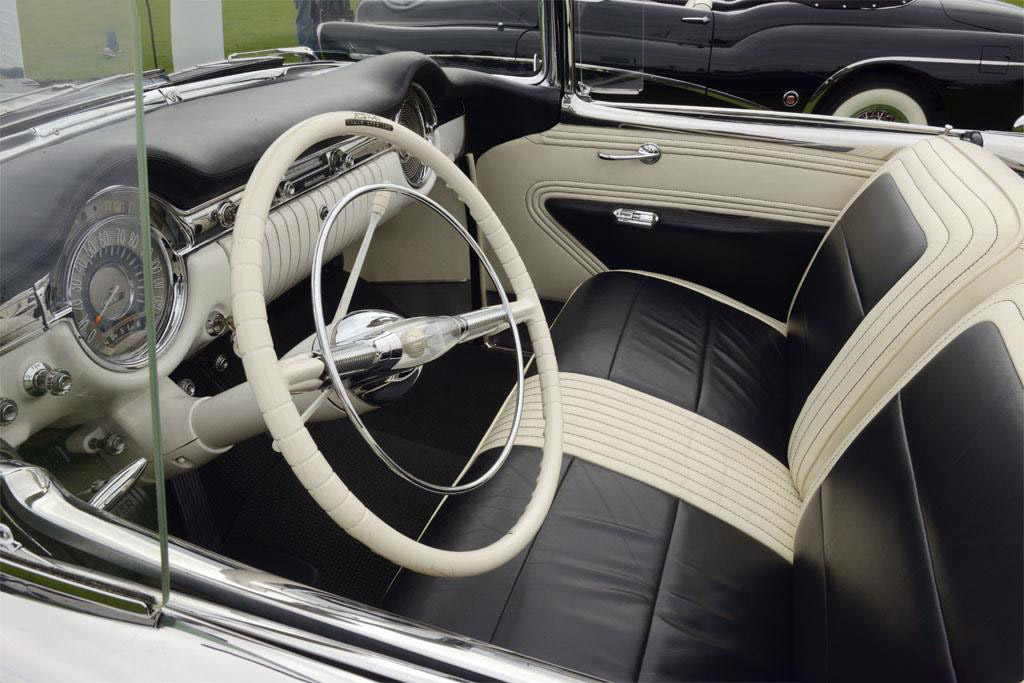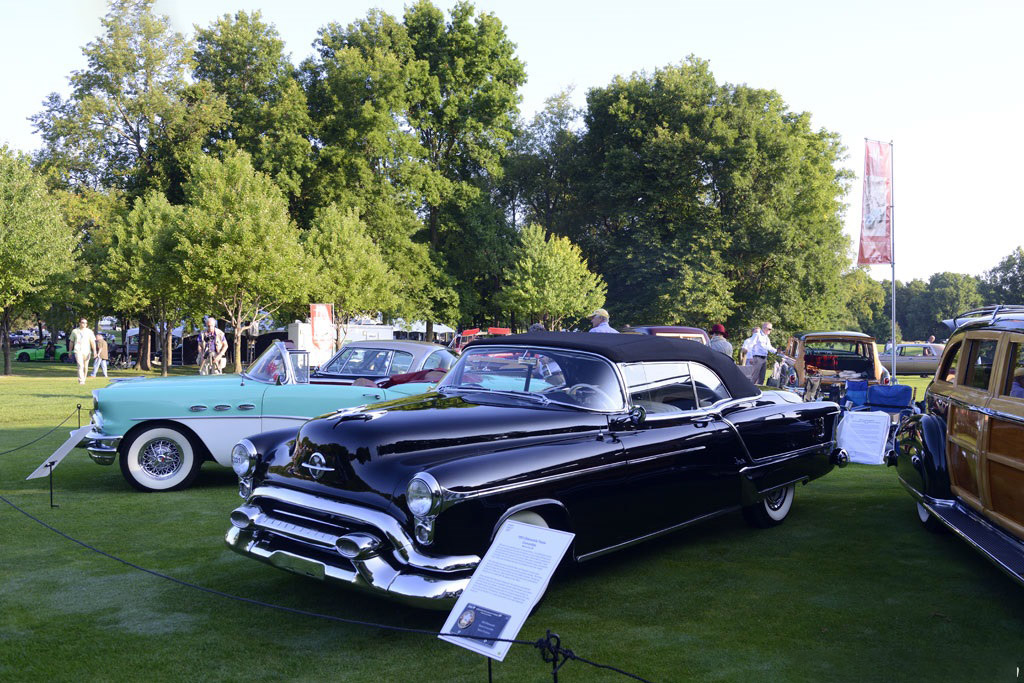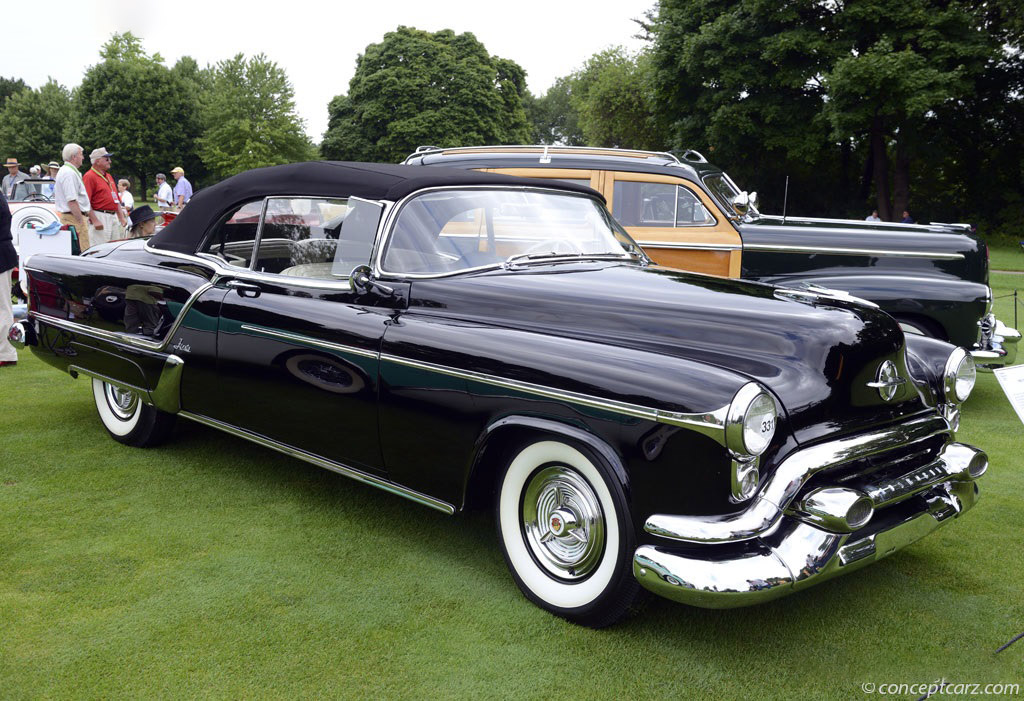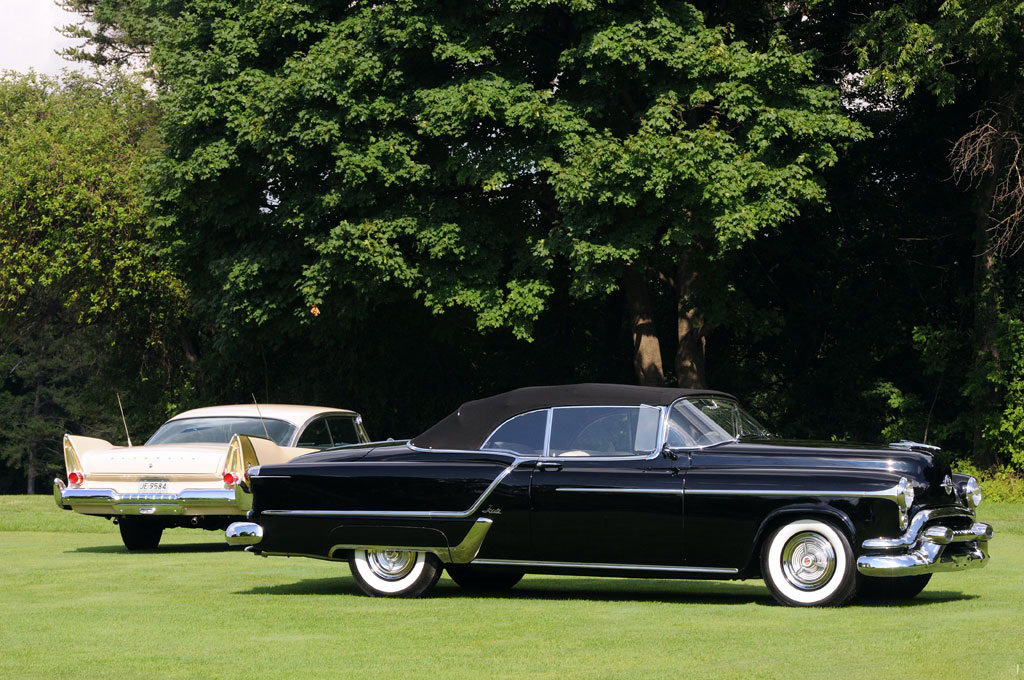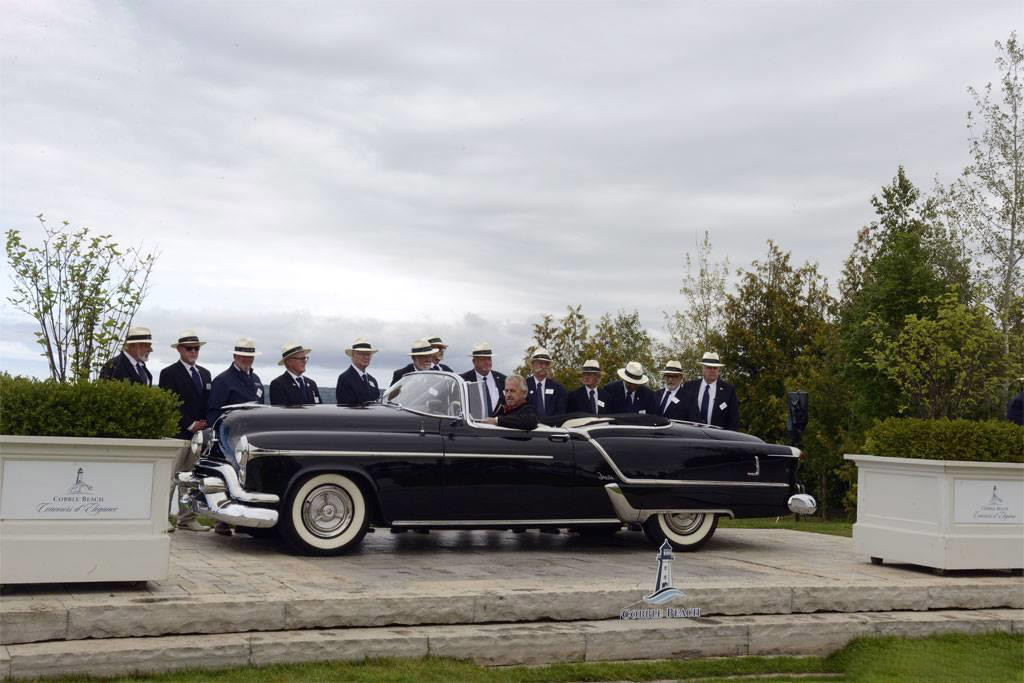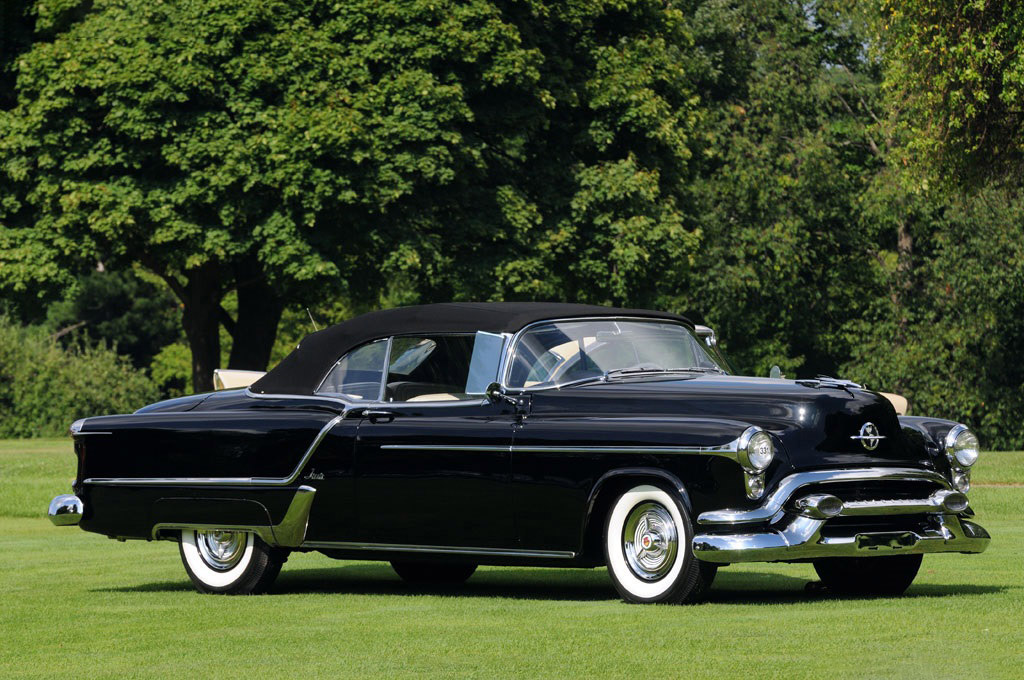The 1953 Oldsmobile Ninety-Eight Fiesta Convertible holds a special place in America’s car culture of the 1950s. As part of GM’s Motorama, an event that showcased groundbreaking design and technological advancements, the Fiesta Convertible represented Oldsmobile’s top-of-the-line offering. In this article, we delve into the unique features, specifications, and the significance of this iconic vehicle.
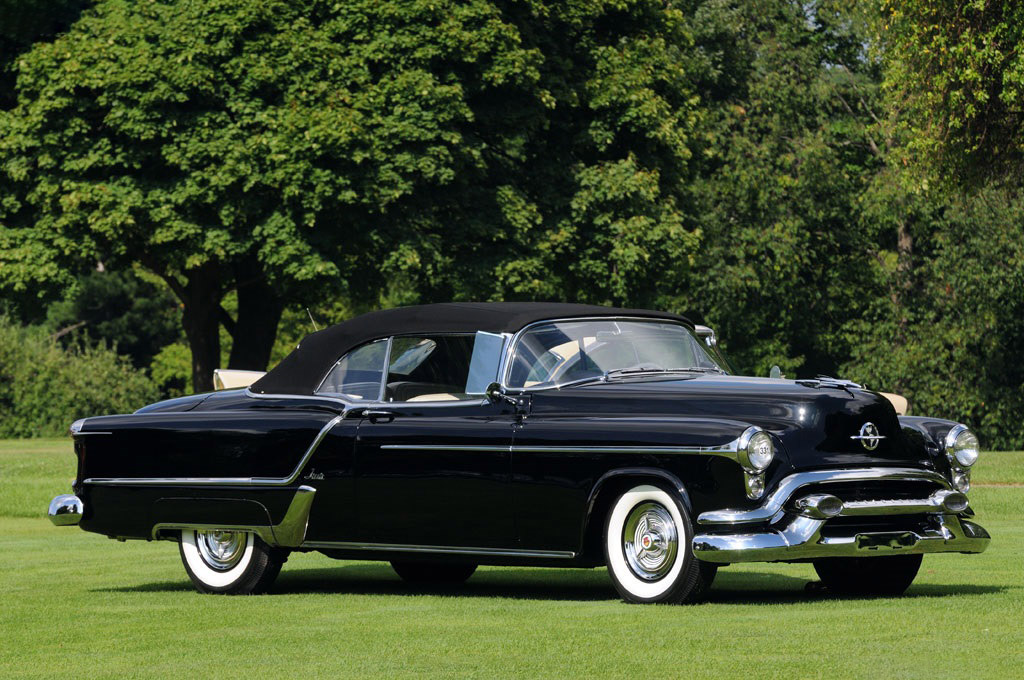
Design and Features
The Fiesta Convertible shared several characteristics with its counterparts, the Cadillac Series 62 Eldorado and Buick Roadmaster Skylark convertibles. One of its defining features was a cut-down beltline, complemented by special ‘Spinner’ hubcaps and a wraparound windshield set three inches lower than the standard 98’s windshield. Oldsmobile equipped the Fiesta with an impressive range of standard features, including an electric clock, lined trunk, dual horns, bumper guards, and more. Safety was a priority, evident through the inclusion of a padded safety dashboard.
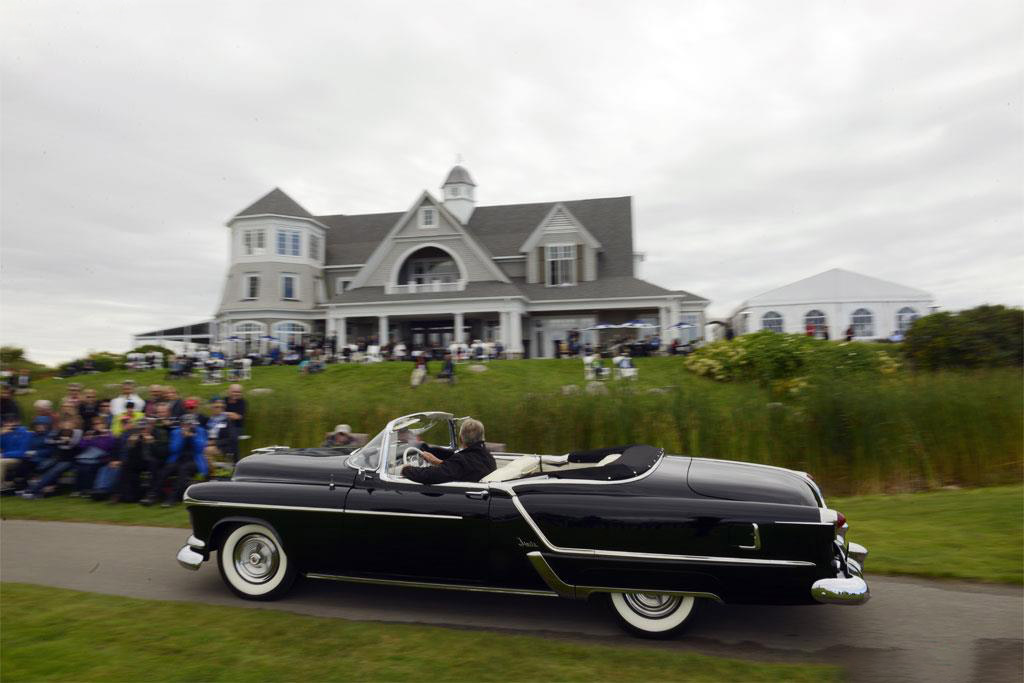
Performance and Power
Under the hood, the Fiesta boasted a special version of the Oldsmobile ‘Rocket’ engine, which received a power boost of five horsepower through increased compression ratio and manifold streamlining. The car featured a Hydra-Matic transmission, power steering, power brakes, and a wheelbase measuring 124 inches. Notably, the 1953 model introduced 12-volt electrics, offering better starting, enhanced overall operation, and more reliable lighting.
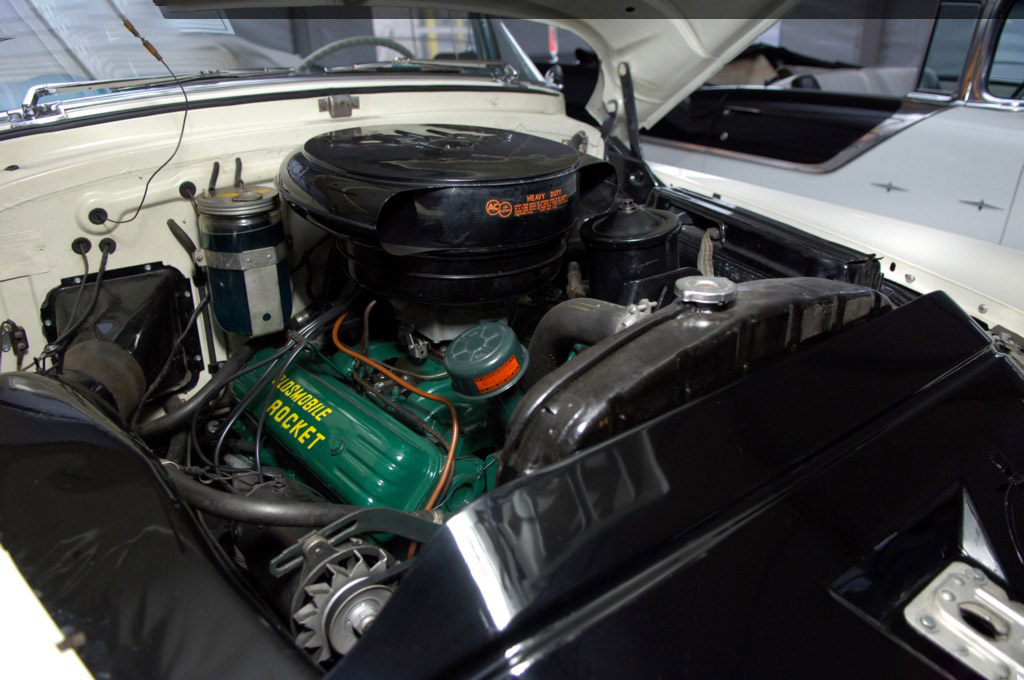
Limited Production and Legacy
Only 458 units of the Oldsmobile Fiesta were produced in 1953. The Fiesta’s sale price was nearly double that of the standard 98-series convertible, making it an exclusive and sought-after vehicle. Interestingly, the Fiesta nameplate was revived four years later but only for a lower-production station wagon model.
Ninety-Eight Series Lineup
The Ninety-Eight Series lineup included other body styles, such as the convertible and the Holiday Hardtop. The Sedan was the most popular choice, with 64,431 units sold at a price of $2,550. Following closely was the Holiday Hardtop, which attracted 27,920 buyers with its price tag of $2,770.
General Motors and the 1953 Motorama
The year 1953 marked a significant milestone for General Motors. Oldsmobile celebrated its 53rd year of business, while the annual GM Motorama entered its fifth year of captivating the American public. To commemorate the occasion, GM introduced a series of low-volume, highly-styled convertibles. These convertibles represented the pinnacle of their respective divisions and showcased exclusive styling cues and options.
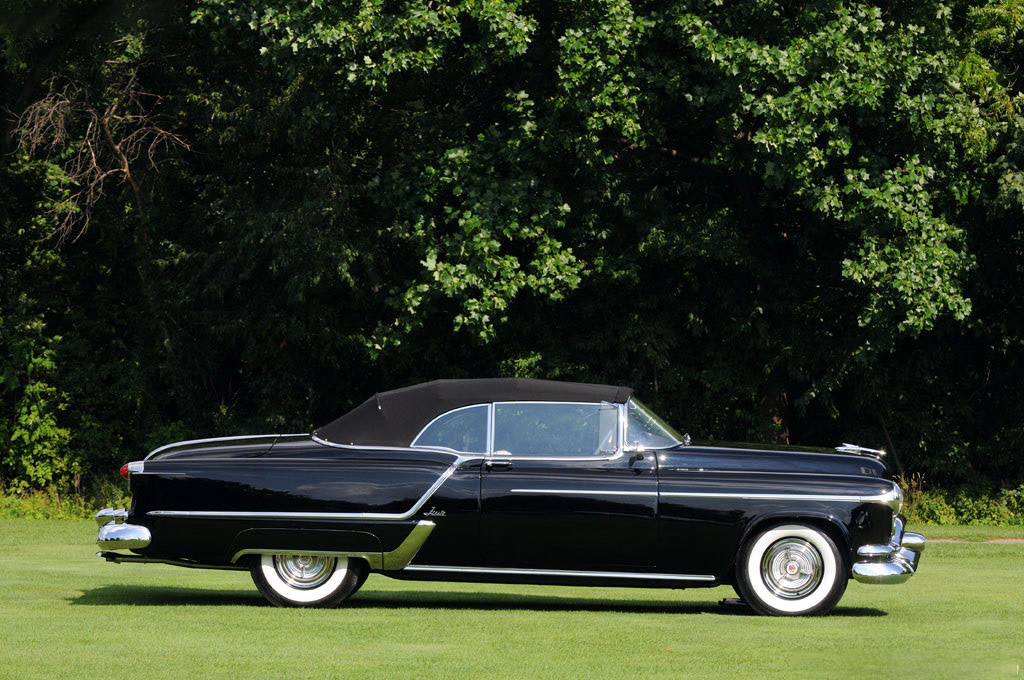
The Oldsmobile Fiesta at the 1953 Motorama
While the Eldorado and Skylark gained significant attention, the Oldsmobile Fiesta, despite being the rarest of the trio, received comparatively less promotion. Nonetheless, it made a memorable debut alongside the other convertibles at the 1953 Motorama. While the Fiesta shared most of its sheet-metal with the regular 98 Convertible, it featured a unique wraparound windshield that was three inches lower, resembling the Eldorados. The Fiesta quickly became a favorite among car enthusiasts, and its design influence extended to the 1954 GM lineup.
Luxury and Features
Although the Fiesta’s appearance was similar to other Oldsmobile models, it boasted a wide range of factory options. The interior offered leather upholstery, an Autronic Eye headlight dimmer, backup lights, power-operated brakes and steering, hydraulic power windows, and a Super Deluxe ‘Wonderbar’ radio. Notably, air-conditioning was not available for convertibles during that era.
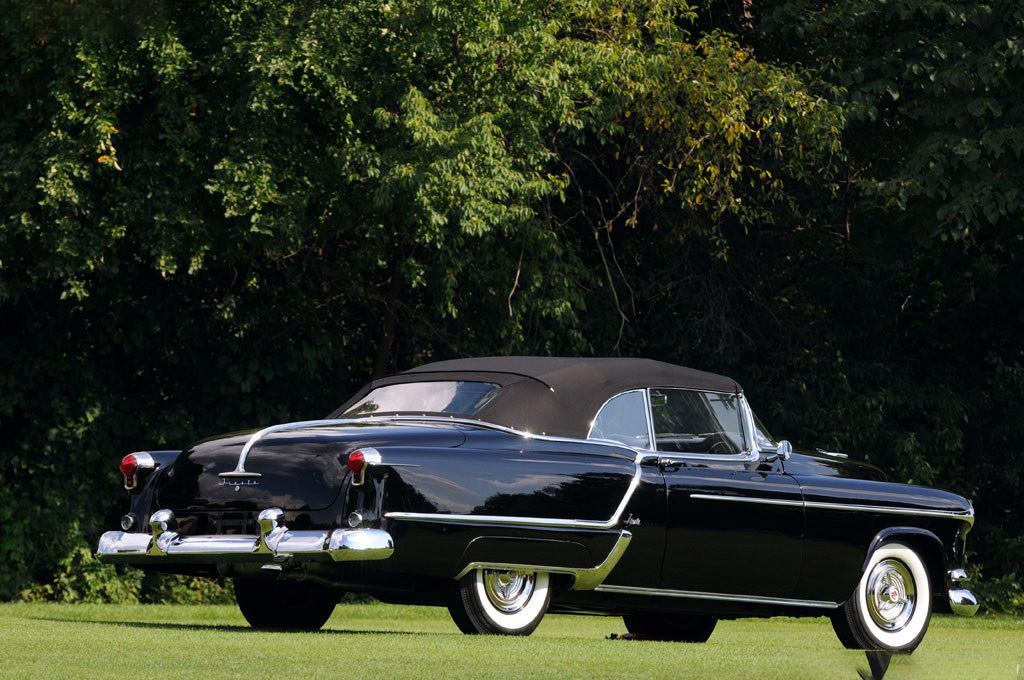
Enduring Legacy
One of the most enduring legacies of the Oldsmobile Fiesta was its distinctive wheel covers. The oversize 8.00×15 wide whitewall tires were accentuated by full wheel covers featuring three radial ‘spinners’ that reflected light, captivating onlookers at low speeds. These wheel covers became iconic and were widely adopted by custom-car enthusiasts for years to come.
Conclusion
The 1953 Oldsmobile Ninety-Eight Fiesta Convertible stands as a testament to the golden age of American car culture. With its innovative design, luxurious features, and limited production, the Fiesta remains an iconic symbol of automotive excellence. Today, these rare and sought-after vehicles continue to captivate enthusiasts, showcasing the craftsmanship and style that defined an era.
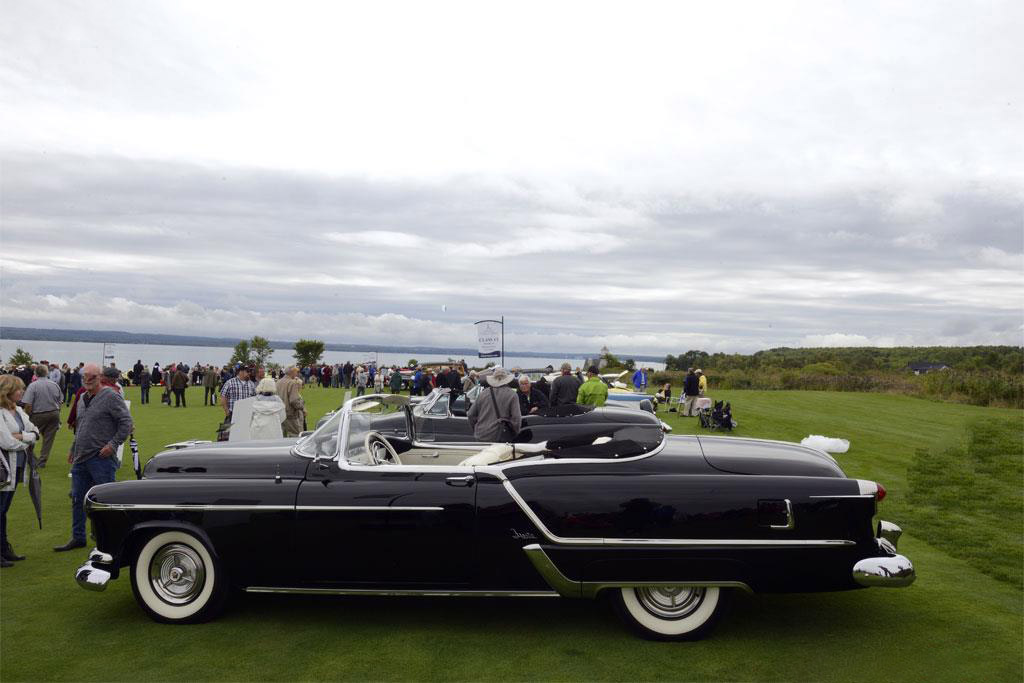
FAQs (Frequently Asked Questions)
1. How many 1953 Oldsmobile Ninety-Eight Fiesta Convertibles were produced? Only 458 units of the 1953 Oldsmobile Ninety-Eight Fiesta Convertible were built, making it a highly collectible and rare vehicle.
2. What were some unique features of the Fiesta Convertible? The Fiesta Convertible featured a cut-down beltline, special ‘Spinner’ hubcaps, and a wraparound windshield set three inches lower than the standard 98’s windshield. It also included various luxury amenities as standard equipment.
3. Did the Fiesta share any similarities with other GM convertibles? Yes, the Fiesta shared certain characteristics with the Cadillac Series 62 Eldorado and Buick Roadmaster Skylark convertibles, such as the wraparound windshield and stylish design elements.
4. How much did the Fiesta Convertible cost compared to the standard 98-series convertible? The Fiesta Convertible had a significantly higher sale price, nearly double that of the standard 98-series convertible.
5. Did the Fiesta have any lasting design elements? Yes, the Fiesta’s full wheel covers with three radial ‘spinners’ became an enduring legacy, influencing custom-car enthusiasts for years to come.


